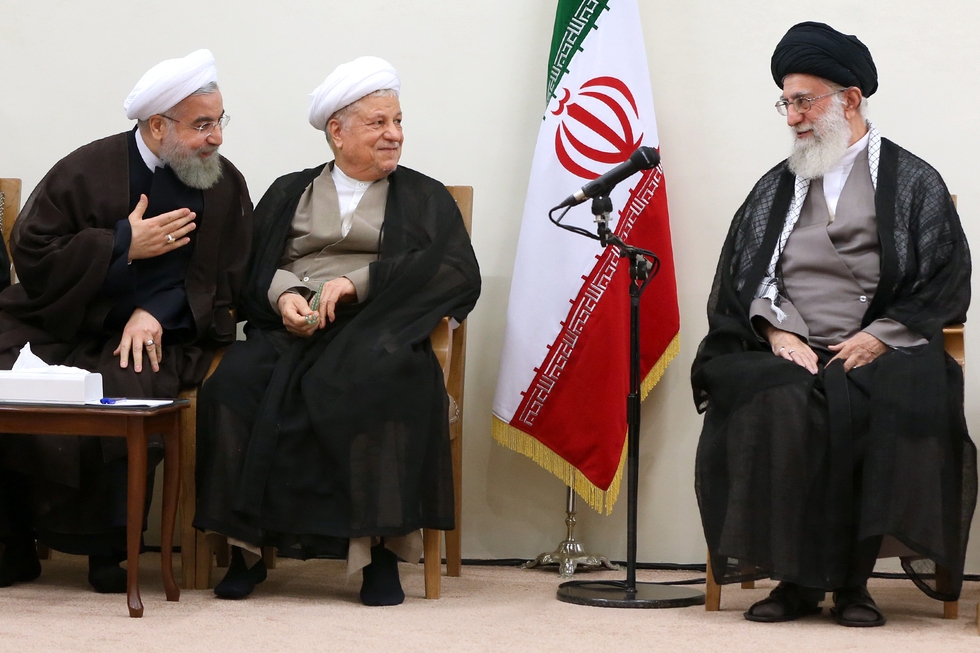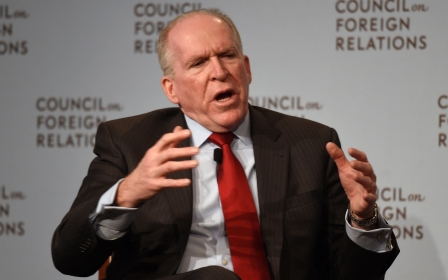New doubts emerge on Iran nuclear deal

The International Atomic Energy Agency’s (IAEA) final assessment on the outstanding issues related to Iran’s nuclear programme has been widely interpreted as the key facilitator of the nuclear accord reached in July.
The so-called Joint Comprehensive Plan of Action (JCPA) required the IAEA to clear up all outstanding issues related to the Possible Military Dimensions (PMD) of Iran’s long-running nuclear programme.
The IAEA’s PMD report has been seized by the Iranian government as yet another diplomatic victory as it clears the way for the lifting of sanctions and other restrictions by early next year.
Abbas Araghchi, the Iranian deputy foreign minister and the official in charge of supervising the implementation of the JCPA at Iran’s end, stated that in the light of the PMD report the 5+1 countries have produced a draft resolution with a view to demolishing the sanctions regime.
However, despite the apparent confidence of the Iranian government, sceptical voices in Tehran have in recent days pointed out the negative features of the PMD report and expressed deep concern on the long-term implications of the IAEA’s apparent final assessment.
The real fear is not that the PMD assessment will jeopardise the implementation of the JCPA, but rather that it poses post-JCPA risks and thus casts a long shadow on the long-term prospects of the Iranian nuclear establishment.
Hardliners push back
It is no secret that Iranian hardliners are strongly opposed to the Vienna nuclear accord. Hardline factions mobilised as early as May 2014 under the Delvapasan (we are worried) platform specifically to oppose President Hassan Rouhani’s determination to resolve the nuclear dispute.
Of course the hardliners failed to generate sufficient opposition to the government’s plans and the Rouhani administration, aided by the most competent foreign policy team since the 1979 revolution, faced few domestic hurdles in sealing the nuclear deal.
But this is by no means the end of the matter as hardliners have continued to protest at the provisions of the JCPA in addition to the wider implications of the nuclear accord, specifically in relation to defence and foreign policy.
By staking out oppositional demands in respect of the JCPA, the hardliners are not so much seeking a confrontation with the Rouhani administration but instead they seek to incentivise key power centres in the country to rein in the government’s enthusiasm for the accord and to stop it from caving in to persistent demands by Western powers.
This is similar to the role the hardliners played before the Vienna accord by forming pressure groups to influence the outcome of the negotiations, not on account of their own political weight but by instrumentalising key power centres as force multipliers.
The most important power centre in this equation is the Islamic Revolutionary Guards Corps (IRGC), which - partly owing to lobbying by hardliners - pressurised the nuclear negotiating team to not accept any curbs on Iran’s ballistic missiles programme.
In respect of the IAEA’s long-awaited final assessment, the hardliners mobilised well in advance to set out the long-term dangers of the report. Days before the release of the final assessment, a prominent hardline columnist, Seyed Yasser Jebraeli, correctly predicted the essential thrust of the report and warned that the IAEA and its key Western backers have made a political (as opposed to technical) decision to resolve PMD issues with a view to facilitating the full implementation of the JCPA.
The distinction between political and technical is important as it implies that non-resolution of the latter can at any point be exploited by Western powers to voice fresh fears on the nature of the Iranian nuclear programme and consequently issue new regulatory demands.
The spectre of uncertainty was fully exploited by the daily Keyhan editor and leading hardliner, Hossein Shariatmadari, who highlighted some of the unexpectedly negative aspects of the IAEA assessment, namely the assertion that Iran had continued nuclear weapons related activity (albeit only at a research level) up to 2009.
Writing in the lead editorial of Keyhan on Saturday, Shariatmadari warned of the danger of not grasping the full significance of the final assessment, which he claims is now an important international document and can be misused to impose “eternal” restrictions on Iran’s nuclear programme.
The road ahead
Not surprisingly Iranian hardliners exaggerate the negative features of the JCPA, but in respect of the IAEA’s final assessment, it is noteworthy that their analysis coincides with that of some Western analysts who believe that the assessment can be used as a pretext for future investigations.
The central question at this juncture is to what extent (if any) the PMD report alters the views of key Iranian power centres, namely the leader Ayatollah Khamenei and the high command of the IRGC, on the JCPA and attendant issues.
Shariatmadari’s intervention is noteworthy as he is widely seen to reflect the views and concerns of Ayatollah Khamenei, especially on issues that affect the revolutionary credibility and integrity of the Islamic Republic. Thus at a minimum his intervention can be construed as to indicate the leader’s concerns on the PMD report and its possible implications.
However, this doesn’t indicate a change in position, a fact underlined by Ali Akbar Velayati, a former foreign minister and the director of the Centre of Strategic Research at the Expediency Discernment Council. An advisor to Ayatollah Khamenei on foreign policy issues, Velayati today underscored the Islamic Republic’s commitment to the implementation of the JCPA despite continuing Western focus on PMD issues.
Nevertheless, the contents of the IAEA’s final assessment and the hardliners’ reaction to it, indicates a degree of unease and uncertainty at the upper reaches of the Iranian establishment. The JCPA may have got off on a flying start but expect a bumpy road ahead.
- Mahan Abedin is an analyst of Iranian politics. He is the director of the research group Dysart Consulting.
The views expressed in this article belong to the author and do not necessarily reflect the editorial policy of Middle East Eye.
Photo: A handout picture released by the official website of the Centre for Preserving and Publishing the Works of Iran's supreme leader Ayatollah Ali Khamenei shows him (R) speaking with President Hassan Rouhani (L) and former president Akbar Hashemi Rafsanjani (C) during a meeting with members of Assembly of Experts in Tehran on 3 September, 2015 (AFP).
Middle East Eye propose une couverture et une analyse indépendantes et incomparables du Moyen-Orient, de l’Afrique du Nord et d’autres régions du monde. Pour en savoir plus sur la reprise de ce contenu et les frais qui s’appliquent, veuillez remplir ce formulaire [en anglais]. Pour en savoir plus sur MEE, cliquez ici [en anglais].





